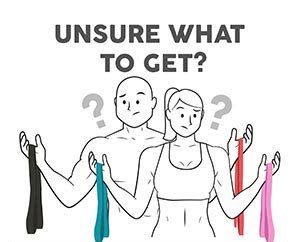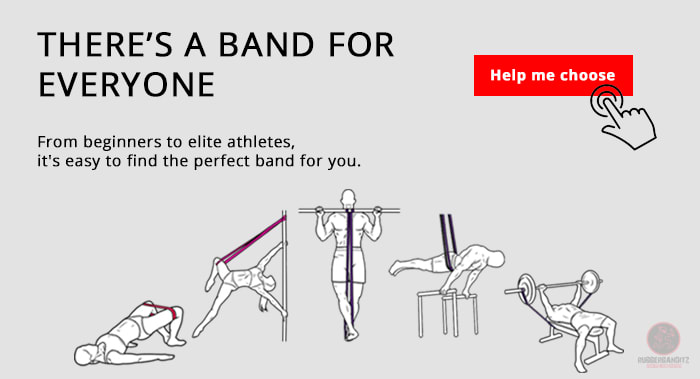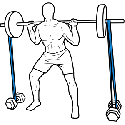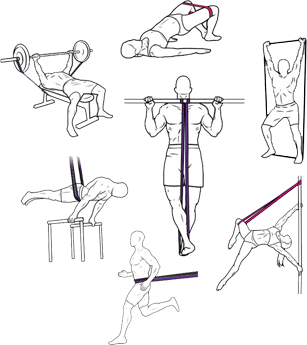Howdy all,
In a locked-up world, we’re all rushing for equipment that doesn’t get in the way of the TV and can provide us with those juicy, juicy gains. With priorities split between working from home (should that be an option), Netflix and snacky snack time, and working off the aforementioned goodnesses, many have turned to low or no equipment workouts. Understandably as well- not too many of us want to fork out more than necessary should gyms in the area re-open, not too many of us have the space to fit it all, and really, not too many of us are bothered as long as we can still be getting bigger and stronger other ways.
With all this in mind, a few pieces of equipment pop into my head first- bands, adjustable dumbbells and gymnastics paralettes. I definitely don’t seem to be the only one either. Looking for these online, it’s hard to come by exactly what you want and sometimes you can’t even be sure of what it is you need. Hopefully, this little guide makes your job a little easier. I could spend all day breaking this down for each piece of equipment, but today let’s focus on paralettes and what set is most likely the best fit for you.
If we are going to do a good job pairing a set of bodyweight training paralettes and you really we need to know two things from the outset: the options we have when it comes to paralettes and who you are and what you need. I’m obviously writing this for many people rather than one, so the easiest way to get this right is to lay down what our options are and try to give you enough information on these to make the right choice for yourself. Let’s start by creating a paralette taxonomy and roll onwards from there. Check it out!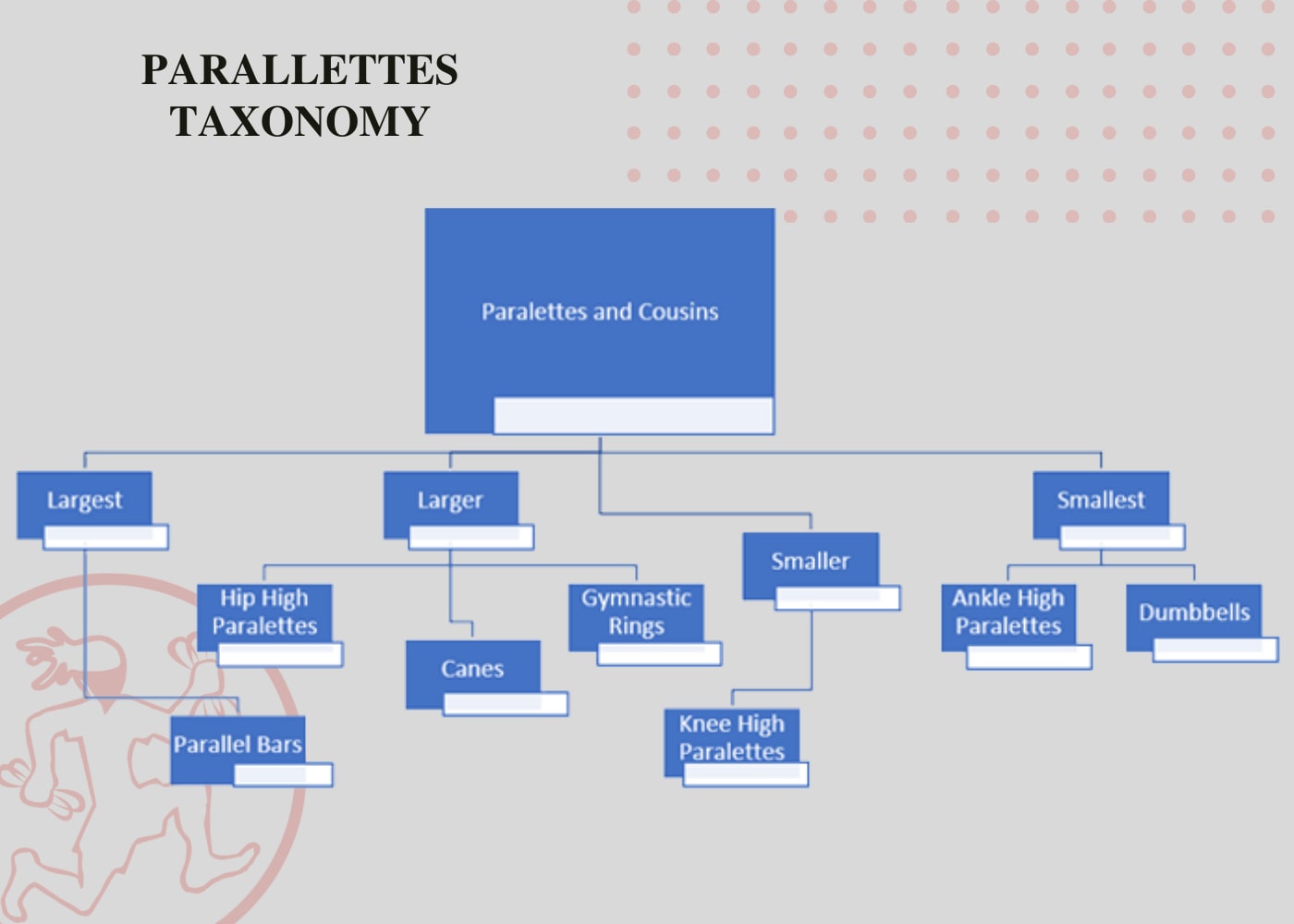
In this taxonomy, I’ve simply vetted for size (simply because I figure it’ll be a central point of consideration for most if not all of you reading). Worth noting- I could have chosen any other reason, so if size isn’t a concern for you, apologies, but feel free to continue reading on as my descriptions should likely identify any deal-breakers or match winners I might have missed by choosing size as the main priority.
Starting at the top with the largest of the paralette family we have parallel bars and racked sets (as the gymnasts would use and similar). We could also chuck in playground sets and monkey bars here, but I have left these out as they are incredibly specific, require large areas and are expensive. Parallel bars have been included because they are a little cheaper and have two distinctive features that could make them worth while given price and space considerations- the ability to travel distances on them and the height to chin up underneath them (given a tuck position). Travelling could come in handy for circuit work, with things like parallel bar support walks above the bars or brachiations below the bars very suitable options for more advanced trainees. Their height also gives users the option to do chin-ups, dips, planche swings, l-sit variations, bar muscle ups and the like, making them a more reasonable, sturdy and cheaper alternative to arrangements like full chin up/dip towers or weights racks. In summary, if you have large amounts of space available, are a little more advanced in your training and would like having these exercises available in these ways, a fully-sized set of parallel bars may be a good call for you.
Moving into the larger category, for those without the space or savings or interest in a full-sized set of parallel bars, you have a few options - hip high parallel bars, canes and gymnastic rings. I’m sure that I could go into more options here, but I’ve chosen these three specifically to highlight a point you might not have already considered- it may not even be parallel bars that you are looking for. Many people taking their first steps into street workout / calisthenics, especially in the world of COVID, are jumping straight to parallel bars because it is something they often see on YouTube or Instagram in their early days of investigation. If X star has them and is jacked, well- maybe you need them too, right? Potentially, but not definitely. Parallel bars are a good tool to use, but it is also true that there are other tools, like canes and rings too. Let’s jump into the larger category and see better what I mean here.
First on our list is the hip high parallel bars. Still fantastic tools. They are especially useful for beginners because you are at a good height to practice inverted rows and assisted dips, which lead into chin ups and bodyweight dips, two central pillars of bodyweight strength are you continue to progress. At hip height, it is also true to say that things like shoulder stands can be practiced, where it is a less safe option to be working on this skill alone on a full-sized set of parallel bars as a beginner for fear of going too far over with your legs. Admittedly, it is still challenging on hip high parallel bars to do shoulder stands as a beginner because it is harder to get your hips (and therefore center of mass) over your shoulders with bars at that height, BUT it does become accessible and you will be able to put them next to a wall to self-correct for that overshooting problem.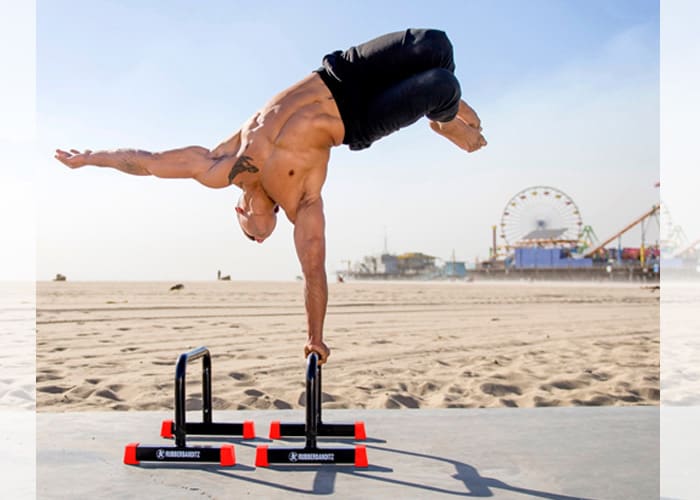
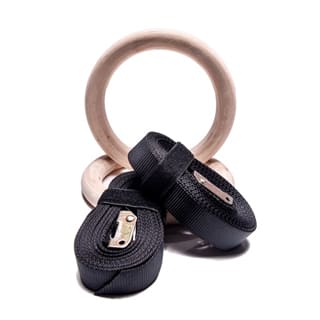
Lastly, we have the gymnastic rings. Probably the most versatile piece of equipment I’ll discuss today, the rings can help you train everything on your body that there is to train. We’ve already talked dips, chin ups, inverted rows, shoulder stands, and levers and every single one can be done on a properly secured set of rings. You’re also welcome to add muscle ups, hamstring curls pistol squat variations, ab exercises, biceps and triceps exercises, stretches… well, the list goes on. I’d have to recommend the wooden ones in honesty, as the grip you get from the wood is worth it for the price.
RubberBanditz Gymnastic Wood Rings is a great piece of equipment, provided you can hang them somewhere secure.
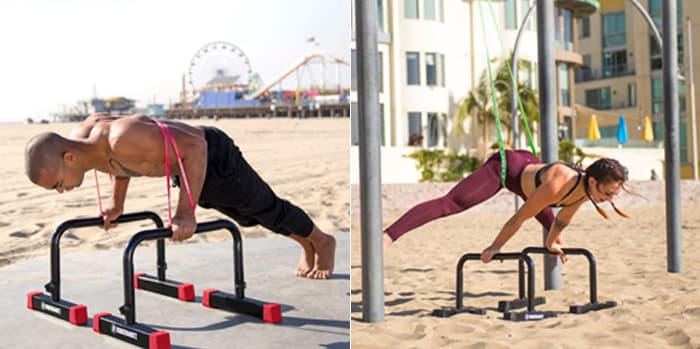
Now in the category of “smaller”, we have knee-high parallettes. These bad boys are perfect for shoulder stands and good for early handstand practice, as well as handy for pushups, L-sits, and planches. Personally, given the place I live in and my budget, I would be buying these and a set of gymnastic rings to keep me entertained. Between the two I’d have the versatility I need. There are often heavy and light-duty options when you look into this category and once again, I’d be buying the heavy-duty option to save me coming back later and for peace of mind. Luckily, they can also be utilized quite efficiently in conjunction with your resistance bands for both resistance (ex: see pushup above) or assistance (ex: see planchet above).
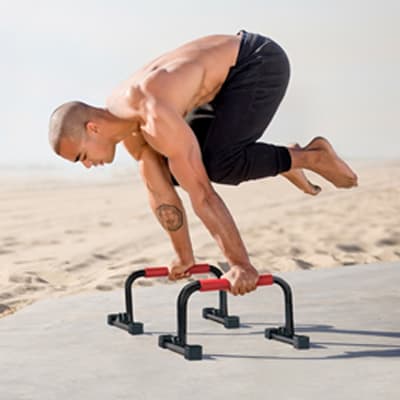
Lastly, we have low parallettes and dumbbells in the “small” category. Space savers and often the cheapest option, low parallettes tend to get a bad name compared to the knee-high alternatives. I personally love the low parallettes because their height makes planches, shoulder stands, and bent-arm planches more challenging (due to their closeness to the floor requiring more push from the shoulders in a more compromised position). For these reasons, they are great if you are intermediate and working in circuits or if you need to save some space either in your bag or in your garage gym. A lightweight set like this is really easy to store in a suitcase or a cupboard without taking up a lot of space and will make sure you can get the job done.

With all this in mind, I hope you find choosing your next set of parallettes (or close cousin) a little easier. Before I let you go happily on your way - a couple words of warning from somebody who has learnt these lessons the hard way- make sure you use these on a floor that won’t let them slide, be sure to use walls to spot you when practicing new or tricky skills and take things one step at a time. Getting gains in much easier when you’re injury-free!

